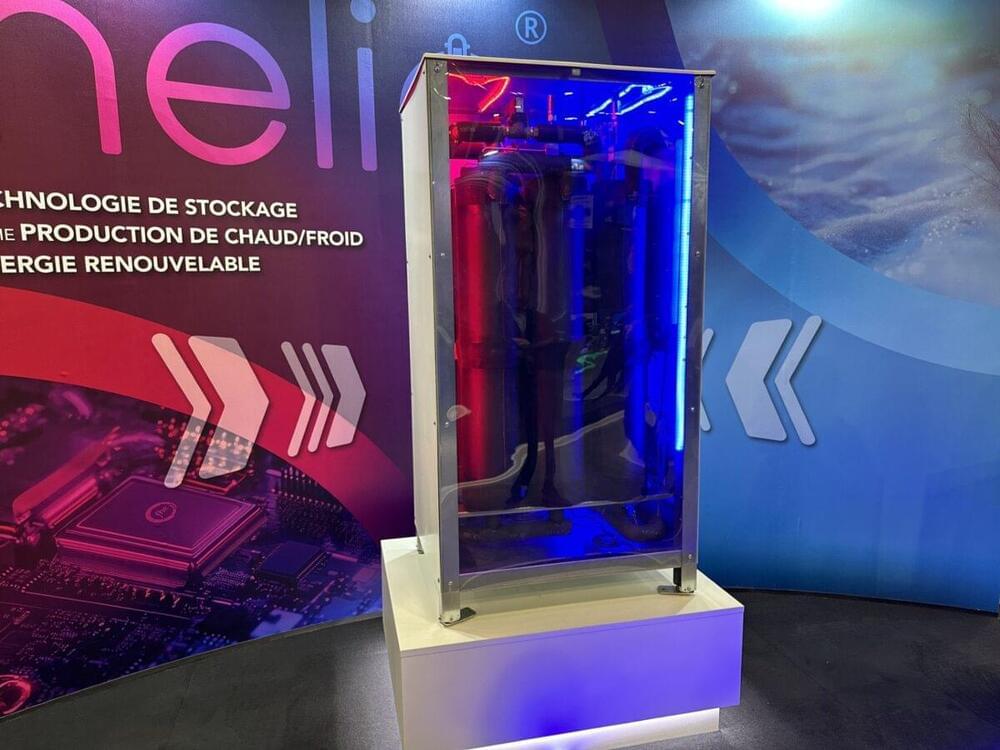
Forest ecosystems of the future will have to cope with very different conditions to those of today. For this reason, researchers at the Technical University of Munich (TUM) state that a strategic approach to forest management is crucial. To this end, the research team has developed iLand: a simulation model that can compute long-term developments of large forest landscapes, right down to the individual tree—including disturbances from bark beetles to wildfires.
Charred tree trunks and blackened soil are typical of the desolation that a forest fire leaves behind. Inevitably, the question arises whether it will be possible to restore a green natural landscape. According to Rupert Seidl, Professor of Ecosystem Dynamics and Forest Management, this is possible, but the “how” decides how much the new forest will benefit the climate, nature and people.
“Today’s forest ecosystems are not particularly well adapted to future climate conditions,” says Seidl. “Over the next decades they will presumably come under increasing pressure from water shortage and insect pests, and may even die off. This is why it makes sense to use measures such as the reforestation of disturbed areas to strategically select tree species and take future developments into consideration.”


















